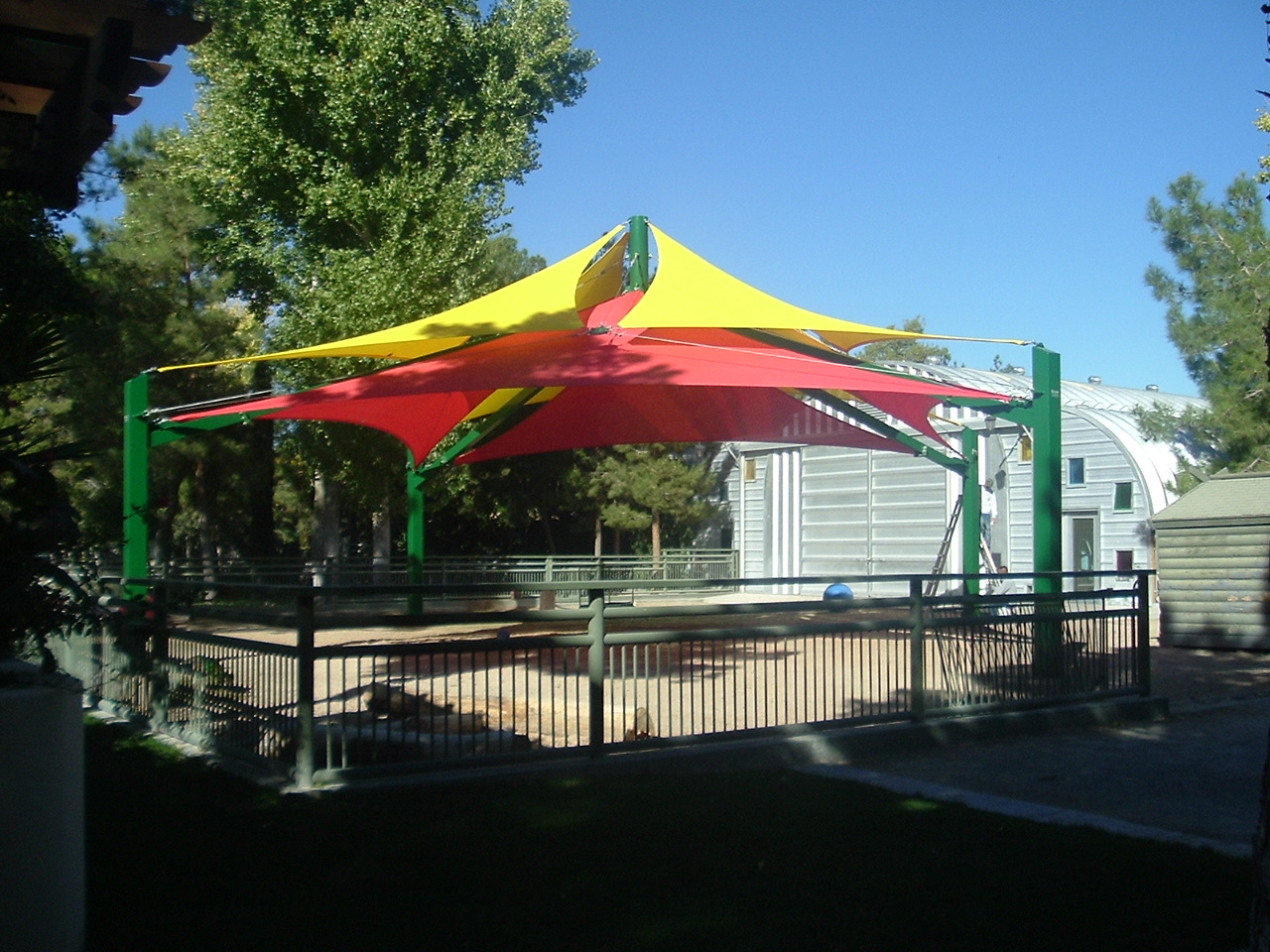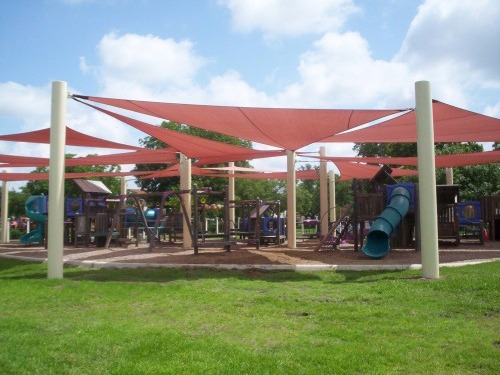Government grant funding can be complicated to understand — even more so now, with so many unprecedented events occurring across the globe. As an educator and school decision-maker, it’s valuable to understand the government’s response to COVID-19 in terms of educational funding relief. You can learn more from the Coronavirus Response and Relief Supplemental Appropriations (CRRSA) Act for colleges and schools and its specific programs.
It’s important to take a detailed look at what the CRRSA for schools is and its specific program designations, so you know what is and isn’t applicable for your school. It’s critical to identify which program category your educational institution falls under, as the stipulations and amounts vary for each. Once an institution has received stimulus aid, it can be used to help with upgrades that will fast-track a return to in-person learning. CRRSA for education funding can help your school get back on track and continue providing quality education for your students. Learn more about how education grant funding through CRRSA can help your institution below.
Table of Contents:
- What Is the Coronavirus Response and Relief Supplemental Appropriations Act of 2021?
- What Is the CARES Act?
- What Can CRRSA Funds Be Used For?
- What Is CRRSA GEER Funding?
- ESSER Funds Through the CARES Act and CRRSA Act
- What Is HEERF II Under the CRRSA Act?
- Funding for Different Types of Educational Institutions
- Education Stimulus Funding Possible Applications
What Is the Coronavirus Response and Relief Supplemental Appropriations Act of 2021?
Former President Trump signed the CRRSA Act on December 27, 2020, months after the Coronavirus Aid, Relief, and Economic Security (CARES) Act was passed in March of 2020 in response to the need for additional COVID-19 relief funding. In addition to its other economic provisions, the CRRSA Act supplies a total of$81.88 billion in funding across the country. The fund allocations depend on several factors, including if the institution is public or private. In 2020, schools had to maintain long-term closures, purchase the tools necessary for socially distanced learning, purchase new cleaning supplies, supplement their custodial staff and incur many other costs during the adjustment period for COVID-19.
The government responded to these financial burdens with the CARES Act in March 2020, and the CRRSA Act in December 2020. Congress may pass additional stimulus bills in the coming months. Some of the funds serve elementary and secondary schools, while some go to state governors for their allocation. The remaining funds serve higher education institutions.


What Is the CARES Act?
About eight months before the CRRSA Act, Congress passed the CARES Act. The former president Trump signed it in March 2020 as an economic stimulus effort right after COVID-19 began to spread through the U.S. This initial stimulus package for $2.2 trillion was allocated to businesses, educational institutions, local governments, and other organizations to help recoup the economic losses of COVID-19. The CRRSA Act of the following December further supplemented these funds.
Small businesses, schools and other organizations continue to struggle as limiting the spread of the virus is still necessary. With gathering and travel restrictions in place, keeping up with expenses has become impossible for many. Both CARES and CRRSA funding are an effort to help. CRRSA funding for schools offers economic relief from COVID-19-related costs — including cleaning and sanitizing, adjusting to distance learning, sustaining long-term closures, and other expenses.


What Can CRRSA Funds Be Used For?
CRRSA funds allowable uses depend on the nature of the institution and the type of funds granted. For instance, spending restrictions are much tighter for for-profit post-secondary schools than they are for nonprofit schools. Schools must apply for funds and use them for their intended purposes. Misusing these stimulus funds is illegal and could result in liability.
In general, education agencies can only use CRRSA funds to recover COVID-19-related expenses, whether that means providing grants to the student population, paying for distance learning services, or supplementing faculty payroll. In short, schools cannot use these funds however they want. They must serve a purpose related to COVID-19, and restrictions vary for different types of institutions. For more details about this, check the institution-based sections below.


What Is CRRSA GEER Funding?
Some CRRSA funding went to state governors for their allocation through the Governor’s Emergency Education Relief (GEER) Fund. The amount each state received depended on the relative population of school-aged individuals 5-years-old to 24-years-old, as well as the relative number of children counted under the Elementary and Secondary Education Act of 1965 (ESEA). Governors of all 50 states, as well as Puerto Rico and the mayor of Washington, D.C., were eligible for these grants. CRRSA aid through the governor’s emergency education relief fund requires an application.


ESSER Funds Through the CARES Act and CRRSA Act
The Elementary and Secondary School Emergency Relief (ESSER) Grant Program was part of the CARES Act of March 2020, and the CRRSA Act in December supplemented it. The ESSER funds through the CARES Act and CRRSA Act both provided funds to local education agencies (LEAs). When applying for ESSER grant funds, schools had to designate how they would use the money and how they would address social barriers to participation. The CRRSA Act’s ESSER provisions are designated ESSER II. If you see “ESSER II,” this refers to the second round of funds, provided through the CRRSA Act.
ESSER II Funds Allowable Uses
Schools must use these funds to recover from the financial burdens of COVID-19. Like all other CRRSA funds, these funds can only serve appropriate purposes. Note that these expenses can date back to the beginning of the pandemic’s spread in the U.S. To earn one of these ESSER grants, schools have to outline how the funds would serve one or more of the following needs:
- COVID-19 response efforts and preparedness
- Outreach for special populations
- Fulfilling the costs associated with long-term closure
- Education technology, especially for distance learning
- Student mental health support
- Afterschool and summer activities
- Staff employment expenses


How Is ESSER II Similar to ESSER I?
ESSER funds through the CARES Act were a little different than ESSER II funds through the CRRSA Act. It’s important to understand both the similarities and differences between the education funding provisions of these two stimulus acts. Here are a few key similarities:
- Both ESSER and ESSER II funds can cover expenses incurred since March 13, 2020 — the day the government declared a state of emergency.
- The state has to award the funds within a year of receiving them from the federal government.
- At least 90% of funds had to go to LEAs, while the other 10% could be set aside for emergencies.
- Funds have to go towards COVID-19-related expenses.
- Funds from ESSER and ESSER II have to remain separate.
How Is ESSER II Different From ESSER I?
Though the bills are very similar, they do contain a few important differences. For example, the CARES Act stipulated that LEAs had to provide equitable services to non-public schools, while the CRRSA Act included a separate program for non-public school applications. In addition, the CRRSA Act requires state educational agencies to describe how funds supported disproportionately affected students, including:
- Low income-students
- English learners
- Students in foster care
- Racial and ethnic minority students
- Students with disabilities
- Students experiencing homelessness
For these students, COVID-19 adjustments were especially challenging or even impossible. Students with no access to a computer as a result of homelessness cannot participate in distance learning. Some low-income students may have limited access to technology, including the internet, which hinders distance learning ability. Students with immune-system compromising disabilities may be unable to attend classroom learning.
Because COVID-19 affected some students more than others, the federal government sought to ensure those students receive adequate provisions through the CRRSA grant funding. The CARES Act did not address this issue, which is another way these two acts differ from one another.
What Is HEERF II Under the CRRSA Act?
The CRRSA Act includes funds for post-secondary schools through the Higher Education Emergency Relief Fund (HEERF II), supplementing the funds provided through the CARES Act. The HEERF II program includes several sections, such as:
- Student aid for public and nonprofit schools
- Institutional aid for public and nonprofit schools
- Aid for tribally controlled schools for Native American groups
- Aid for minority-serving institutions
- Funds to strengthen institution programs
- Aid to proprietary institutions for students


How Does HEERF II Differ From the Higher Education Funds of the CARES Act?
The HEERF II legislation included a few major changes to the CARES Act funding for higher learning institutions. This bill provides supplemental funding on top of the CARES Act. It also expanded the allowable uses for these grants, and it modified the share that schools must give to their students as financial aid.
At least 50% of the funds allocated through the CARES Act had to go directly to students. For HEERF II funds, the same amount has to go to students, which may be less than 50%, as these grants should be larger. This allows more funds to serve institutional needs in addition to student financial needs.
HEERF II also factors in those students who are full-time distance learners, while the CARES Act did not. Schools with a higher proportion of distance learners will receive more aid through HEERF II. The CRRSA Act states that institutions must prioritize students with the most significant financial need when distributing these funds. This was not specified in the CARES Act.
To help make the funds more accessible and convenient, Congress decided institutions who already received funds from the CARES Act need not reapply for HEERF II grants — they’ll receive eligible funds automatically. Those who did not receive funding from the CARES Act can still apply for a HEERF II grant. That way, schools that did not need financial help in March but need help now can receive funding.


Funding for Different Types of Educational Institutions
Different types of institutions have different stipulations under the CRRSA Act. We’ll cover how each type of educational institution benefits from these funds. Remember, ESSER II funds serve primary and secondary schools, and HEERF II funds serve institutions of higher learning. Non-public schools can apply for aid from the GEER fund.
CRRSA for Private Schools
Some of the CRRSA funding is for private nonprofit schools, set aside through the GEER fund as Emergency Assistance to Non-public Schools (EANS) awards. Private schools can apply for these funds for any of the following purposes:
- To keep educational facilities clean and safe
- To purchase personal protective equipment, which includes masks and gloves
- Improving the building’s ventilation system and installing filters to help kill viruses and bacteria
- Training educators on safety practices
- Implementing physical barriers for social distance learning
- Funding COVID-19 testing and contact tracing
- Improving educational technology
- Reworking lesson plans to accommodate distance learning
- Leasing more space for improved social distancing
- Funding remote and hybrid learning efforts
- Making up for learning losses
- Reimbursing other COVID-19-related costs
Though these funds cannot cover everything, their allowed applications are quite broad. Any expenses a private school has incurred as a direct result of COVID-19 are recoverable through these grants. Since private school grants are available through the GEER fund, the amount of money available varies from state to state.
CRRSA for Elementary Schools
Public elementary schools received funding through the CARES and CRRSA ESSER funds. As stipulated in the two bills, states had to distribute at least 90% of the funds to local education agencies. They could keep up to 10% for emergency needs related to COVID-19. ESSER funds varied by state, depending on the states’ student populations.
You can find out how much ESSER fund allocation your state received and whether or not your state decided to repurpose up to 10% of the funds through the National Conference of State Legislatures emergency fund tracker. The allowable ESSER uses, listed above, apply to any schools receiving these funds.
CRRSA for Middle Schools and CRRSA for High Schools
CRRSA funding for middle schools and high schools is also through ESSER allocation. Middle schools and high schools are likely to have different needs than elementary schools. Students need access to college-entry exams like the Scholastic Aptitude Test (SAT) and the American College Test (ACT). They may also participate in dual enrollment, further complicating their financial concerns. COVID-19-related expenses are bound to be different for primary and secondary schools.
CRRSA for Higher Education
Some CRRSA funds went to public and private nonprofit higher education institutions through the HEERF II funds. The institutions can distribute these funds for any of the following purposes:
- Giving their students emergency financial aid grants
- Reimbursing themselves the expenses of operating during the pandemic
- Making up for lost revenue
- Supporting their distance learning efforts through information technology funds
- Supplementing their payroll
- Organizing professional development for faculty and staff
Note that for-profit institutions can only use their funds to provide students with emergency financial aid — they cannot use them for any of the other purposes listed above. If an institution applied for funds through the CARES Act, they need not reapply for those same funds through the CRRSA Act.


Education Stimulus Funding Possible Applications
If your institution has the opportunity to use CRRSA stimulus funds, you may be unsure of the best way to use them. It’s important to consider the long-term impacts of COVID-19 on the learning environment, and how your institution will need to adjust to those current and upcoming changes. Here are some of the ways your institution might choose to allocate these funds:
1. Supporting Distance Learning Efforts
One of the most effective ways of combating the spread of COVID-19 has been through distance learning. Allowing students to stay in their own homes rather than congregating in school buildings has helped keep infection rates lower. However, many schools have never engaged with distance learning before and needed new technology in order to make this happen. Virtual classroom services require funds, as does making sure each student has access to these services.
If your school incurred funds adjusting to distance learning, you may be able to use your stimulus money to recover those funds. You may also choose to use this money to supply students with reliable Wi-Fi, computers, or any other necessary technology.
2. Providing Financial Aid for Most Affected Students
Private schools and post-secondary institutions might consider putting their stimulus funds into financial aid. COVID-19 has affected some students more financially than others. Those with disabilities, mental health issues, or lower socioeconomic status might have struggled to keep up with necessary adjustments.
In addition, some students may have lost their employment due to COVID-19. Many students work hourly jobs in retail stores and restaurants to cover tuition and expenses, both of which had to close or limit capacity for at least part of 2020. Educational institutions might consider finding a way to determine which students faced disproportionate challenges in 2020 and offer these students financial aid.
3. Offering Mental Health Resources to Students and Faculty
COVID-19 has caused increased panic, stress, grief, and other mental health concerns. Isolation, combined with the dread of a deadly virus, has caused many individuals to experience clinical anxiety and depression. Those with preexisting mental health issues may have found their concerns amplified by the COVID-19 situation. Since not everyone has access to adequate mental health care, many educational institutions have decided to designate some stimulus funds to provide mental health programs for students and faculty.
4. Improving Sanitation Procedures
As students return to campuses, sanitization procedures will be more important than ever. Keeping up with the Centers for Disease Control and Prevention (CDC) guidelines requires increased resources. You’ll likely need to stock up on cleaning products and supplies. You may also need to employ more janitorial staff or extend their hours to accommodate increased sanitation needs.
Some furniture or building adjustments may also be necessary, including plastic guards or plexiglass barriers between students’ seats. Some institutions may need to lease additional space to accommodate a 6-foot distance between students. Any of these expenses are COVID-19-related and could be included in your stimulus spending.
5. Supplying Staff and Students With Personal Protective Equipment
To promote student and faculty safety, your school may need to provide personal protective equipment (PPE), including masks and gloves. Even if you require students and faculty to wear their own PPE, it would be a good idea to have some disposable masks and gloves stored in case individuals forget to bring their own. Keeping a stockpile of PPE supplies is also a COVID-19 expense.
6. Creating Outdoor Learning Spaces
To facilitate social distancing during class time, you may want to take advantage of utilizing your campus’s outdoor spaces. This can allow for more social distancing during class time and reduce the need for expensive additional indoor spaces. To create outdoor classrooms, you might need weather-resistant furniture, a mobile microphone, and a headset system so students can hear their instructors, outdoor projectors, and shade structures for students and instructors. Since these types of investments facilitate safer learning, you can use stimulus funds to cover them.
Build Outdoor Classrooms With USA SHADE and CRRSA Funds
Adjusting to the COVID-19 world has presented new challenges for everyone. Businesses, local governments, nonprofits, and schools have had to devise creative solutions to continue operations while keeping people safe. If your school has received CRRSA funding, you might use some of those funds to create outdoor classrooms and facilitate socially distanced learning.
If you’re interested in using your school’s stimulus money to create outdoor classrooms, lunch areas, assembly spaces, and more, consider a USA SHADE shade structure. At USA SHADE, we’re the proud leaders of fabric structure design and technology and commit to protecting children and adults from harmful UV ray exposure. We can help you improve the usability of your institution’s outdoor spaces so you can create adaptable outdoor learning evironments. To learn more about USA SHADE products and custom capabilities, contact us today.







